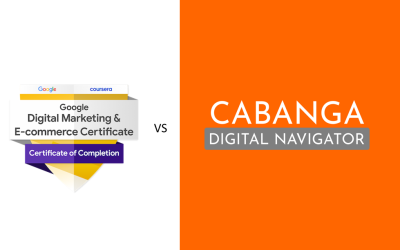Transitioning a brand from bespoke clothing to ready-to-wear (RTW) can be a transformative step, opening up new markets and increasing accessibility to a broader customer base. This shift requires careful planning, a strong online presence, and an understanding of how to leverage modern digital tools.
Starting with an e-commerce platform is the foundation of this transition, allowing the brand to reach customers directly and manage sales efficiently. Here’s a comprehensive guide on how to make this transition successfully.
Developing the Ready-to-Wear Collection
The first step in transitioning from bespoke clothing to RTW is to design and develop a collection that reflects the brand’s identity while appealing to a broader audience. Unlike bespoke garments, which are tailored to an individual’s specific measurements and preferences, RTW clothing needs to cater to standard sizes and styles that can attract a wider range of customers.
This phase begins with conceptualising the designs, taking into consideration the current fashion trends, fabric availability, and production costs. Prototypes are then created and rigorously tested for quality and fit. Once the designs are finalised, it’s essential to partner with reliable manufacturers who can produce the clothing in bulk while maintaining the quality that the brand is known for. This step ensures that the RTW collection is not only stylish and appealing but also meets the high standards expected by the brand’s existing clientele.
Setting Up the E-Commerce Platform
With the RTW collection ready, the next critical move is to establish a robust e-commerce platform. This platform will serve as the primary sales channel, enabling the brand to reach customers globally without the limitations of physical store locations.
Choosing the right e-commerce platform is crucial. Options like Shopify, WooCommerce, or BigCommerce offer a range of features that can help in creating a professional and user-friendly online store. The website should reflect the brand’s aesthetic, providing an intuitive shopping experience that mirrors the bespoke service customers have come to expect.
Product listings are a key component of the e-commerce site. High-quality images, detailed product descriptions, and accurate sizing information are essential to convey the value and quality of the RTW collection. Additionally, optimising these listings for search engines can significantly enhance visibility, attracting more visitors to the site.
Logistics and Fulfilment
Once the e-commerce platform is in place, attention must turn to the logistics of inventory management and order fulfilment. This aspect of the business can make or break the transition to RTW, as efficient logistics ensure customer satisfaction and repeat business.
Brands must decide whether to hold inventory themselves or to use a drop shipping model. Drop shipping allows the brand to minimise upfront investment in stock, as orders are fulfilled directly by the manufacturer or a third-party supplier. This approach can be particularly advantageous during the initial stages of the RTW transition, as it reduces financial risk.
Shipping and returns policies also need to be clearly defined and integrated into the e-commerce platform. Providing multiple shipping options and a straightforward return process can enhance the customer experience, encouraging more purchases and fostering trust in the brand.
Launching and Marketing the Ready-to-Wear Collection
With the e-commerce platform and logistics in place, the brand is ready to launch its RTW collection. This launch should be supported by a strong marketing campaign that leverages the brand’s existing customer base as well as new potential customers.
Social media plays a pivotal role in this marketing effort. By maintaining a consistent and engaging presence on platforms like Instagram, Facebook, and Twitter, the brand can showcase its new RTW collection to a wide audience. This can be complemented by email marketing campaigns that announce the launch and offer special promotions to incentivize purchases.
Influencer marketing can also be a powerful tool. Partnering with fashion influencers who align with the brand’s image can help reach new customers and build credibility for the RTW line. These influencers can provide authentic endorsements that resonate with their followers, driving traffic to the e-commerce site and boosting sales.
Continuous Improvement and Expansion
The journey from bespoke to RTW does not end with the launch. Continuous monitoring and improvement are essential to sustain growth and success. Utilising analytics tools, brands can track key performance indicators such as website traffic, conversion rates, and customer feedback. This data provides valuable insights into what is working and where adjustments may be needed.
Based on this feedback, brands can refine their product offerings, perhaps introducing new styles or additional sizes to meet customer demand. Expanding the RTW line should be done strategically, ensuring that each new product aligns with the brand’s identity and continues to offer the quality that customers expect.
The Transitioning
Transitioning from bespoke clothing to ready-to-wear is a significant but achievable evolution for a brand. By starting with a well-planned e-commerce strategy, leveraging efficient logistics, and executing a robust marketing campaign, brands can successfully make this shift, reaching a larger audience while maintaining their unique identity and quality standards.
Sources: Apparel Sourcing Journal, Bain & Company, McKinsey & Company, HubSpot, Textile World






